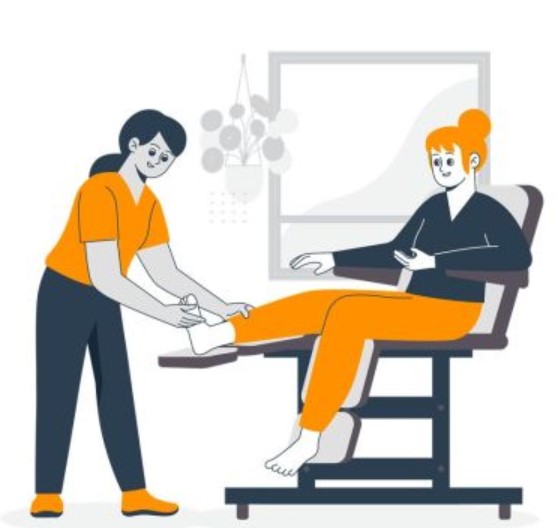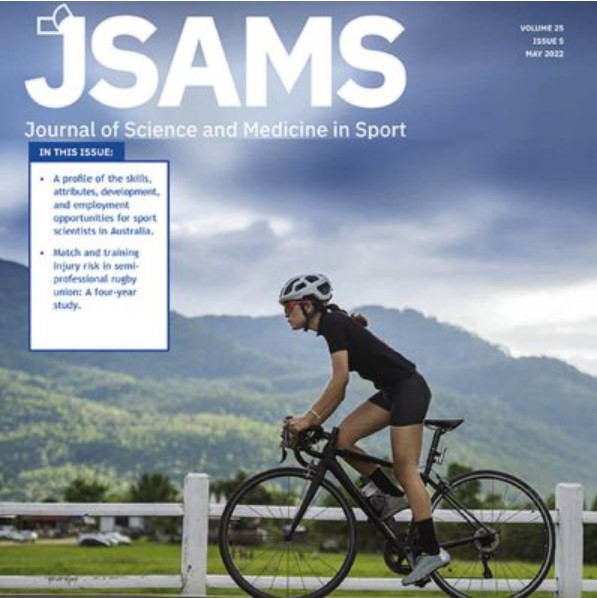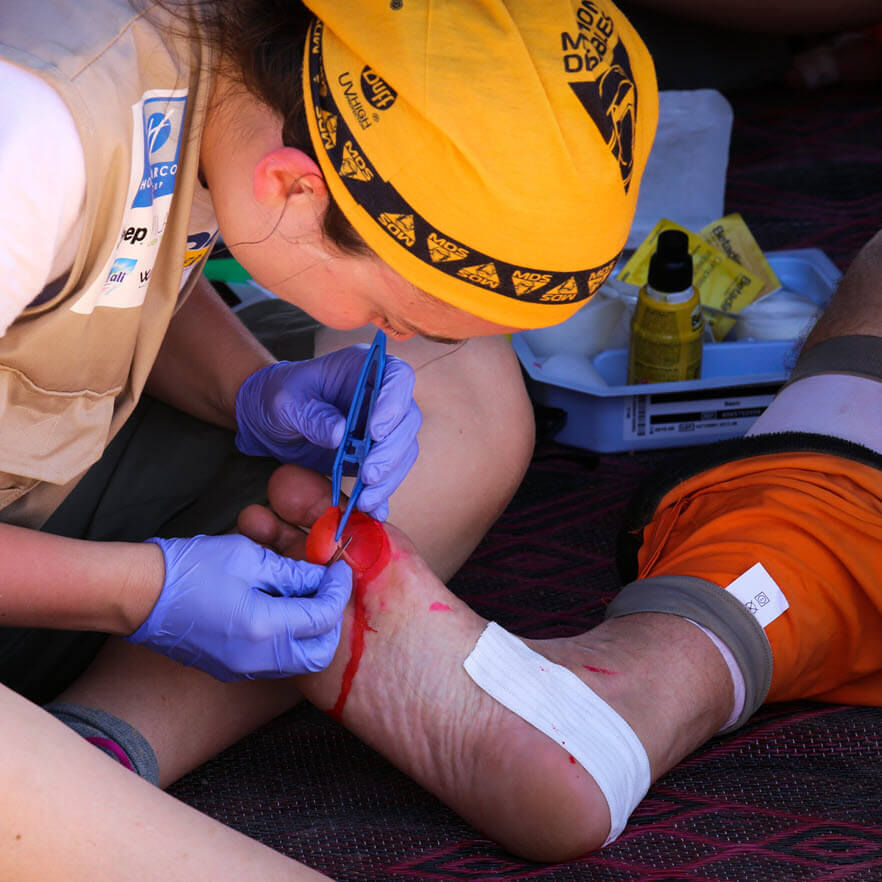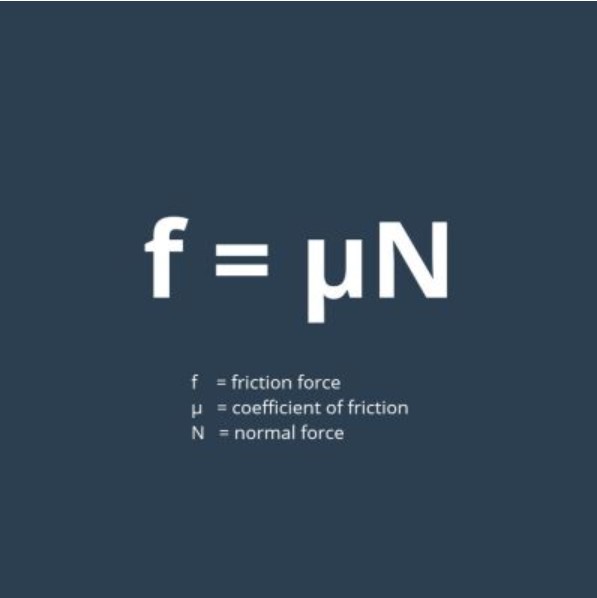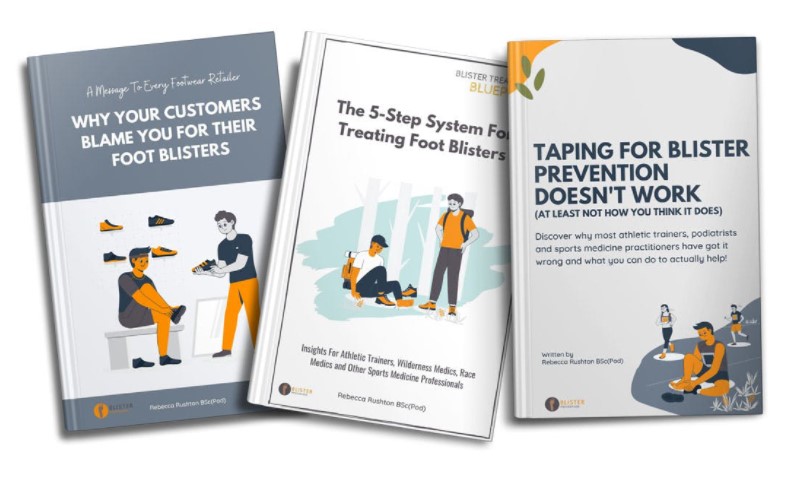The Blister Blog
Insight, learning and education on all things Blister Prevention.

Spotlight on Innovation: PelliTec’s Feasibility Study at Diabetic Foot Conference 2023 (DFCon23)
Congratulations to PelliTec for having their feasibility study accepted as a poster presentation at this prestigious Diabetic Foot Conference (DFCon23).
Never stop learning!
Sign up to the monthly newsletter to stay up to date
I open every email that Rebecca sends. The content is advanced and teaches something novel and useful in each newsletter.

Doug Richie
Footcare specialist
Watch Part 1 and Part 2 replays of breaking down blisters with Dr Doug Richie, Rebecca Rushton and Talysha Reeve from the Progressive Podiatry Project.
You've probably heard that what causes foot blisters is heat, moisture and friction. This is a gross over-simplification. Here's the new blister paradigm.
How can you help your patient predict blisters they are likely to suffer, so they can implement proactive prevention? Here's what to ask and look out for.

Free CPD
Take the next step in developing your Blister Prevention skills
Get immediate access to free CPD approved by the APodA
No cost. Learn at your own pace.
Why do our patients think we can't help them with blisters? Here are the clues to look and listen out for that indicate current and imminent foot blisters.
Do you chat about blisters with your patients? If not, you’re doing them a disservice. Blisters are the most common injury in sport, running and walking.
There’s an interesting debate going on. It's over the unscientific use of scientific terminology in sport and exercise science.
So you're a podiatrist and you’ve put your hand up to provide foot care at a local race. Find out what it takes to provide excellent athletic event foot care.
Is there such a thing as a pressure blister? Well, friction blisters are in part caused by pressure, in so far as pressure contributes to friction force.
New research takes time to trickle down into general knowledge. But in the case of blisters, the blister research timeline shows great research back in 1955. Why the delay?





